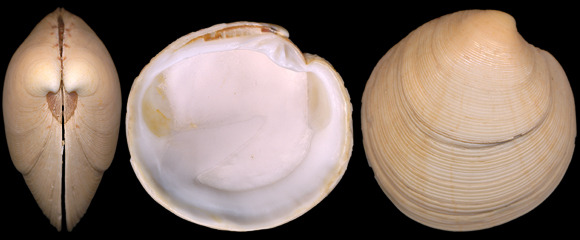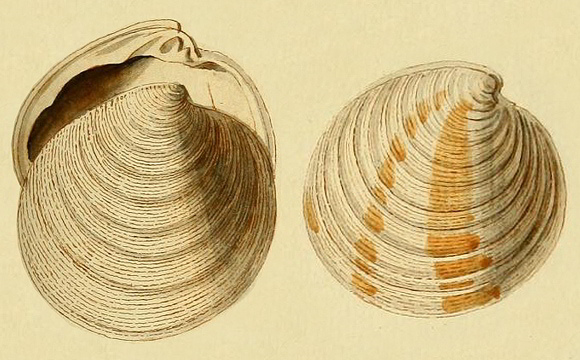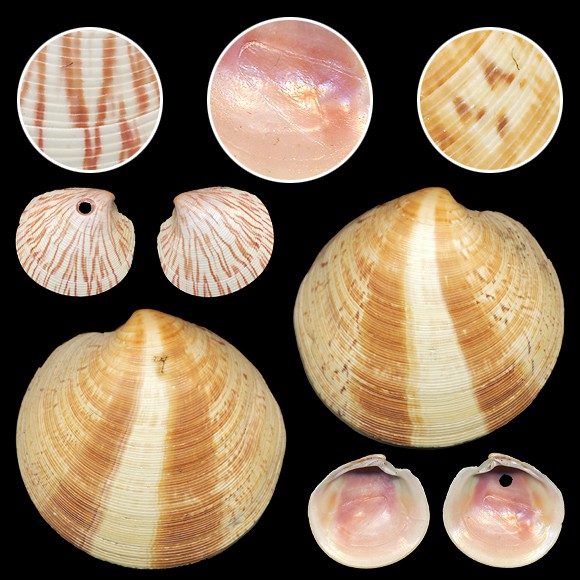
Cap d’Agde, Hérault, Occitania, S. France. 20-45mm.
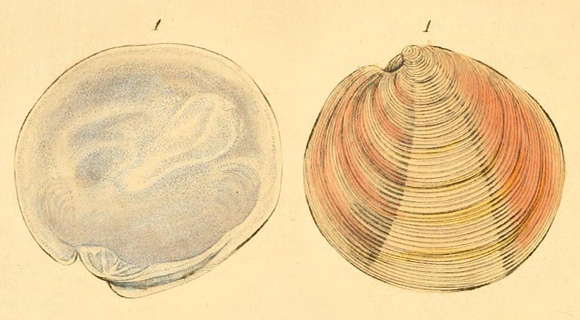
Venus exoleta: « Hinge furnished with three teeth ; two near each other, the third divergent from the beaks. Subrotund. Wrought transversely with numerous regular and minute striae, margins smooth. » – E. Donovan: The natural history of British shells vol. 1, London 1804, via BHL.
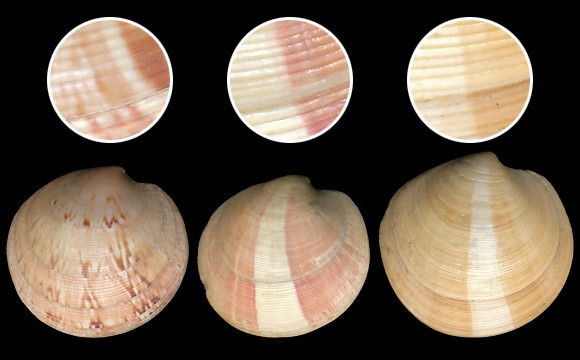
20m deep, Málaga, Andalucia, S. Spain. 38-42,5mm.
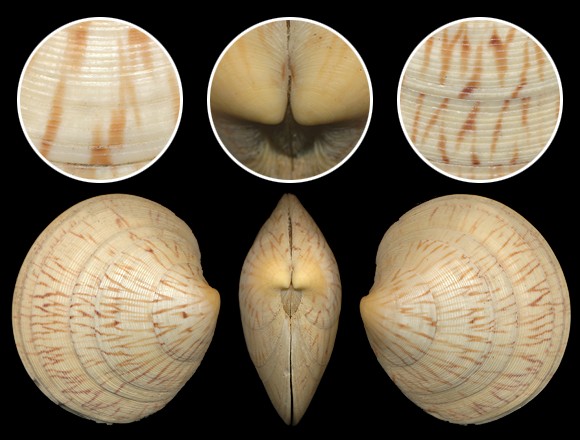
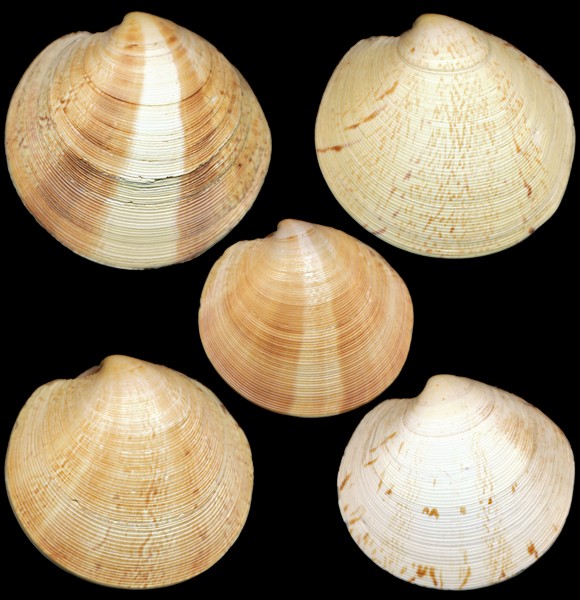
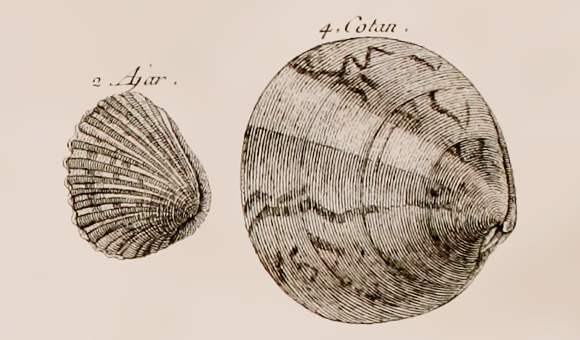
« I can think of few shell species in which the same colours take on different shapes and nuances. Their background is always white, mingled with tawny or flesh-coloured blotches, which sometimes extend in mottles, sometimes in zigzags, sometimes in longitudinal bands, sometimes in these two ways, and often of all three together. It is commonly found in the sands of Gorée Island. »
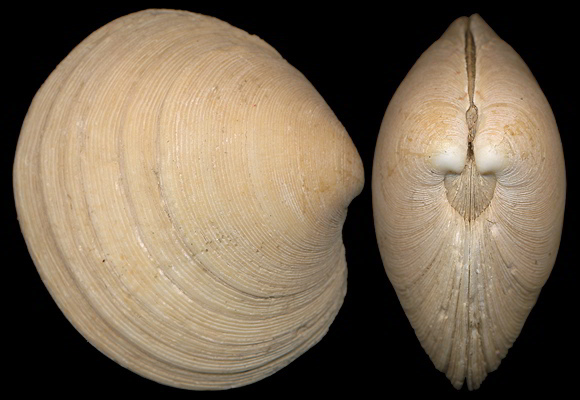
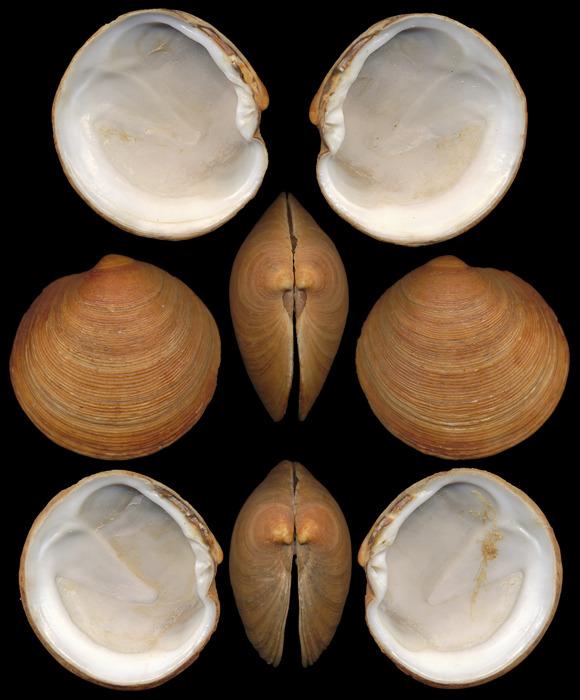
Trawled in muddy sand and gravel off St-Malo, N. Brittany, NW. France. 46-52mm.
